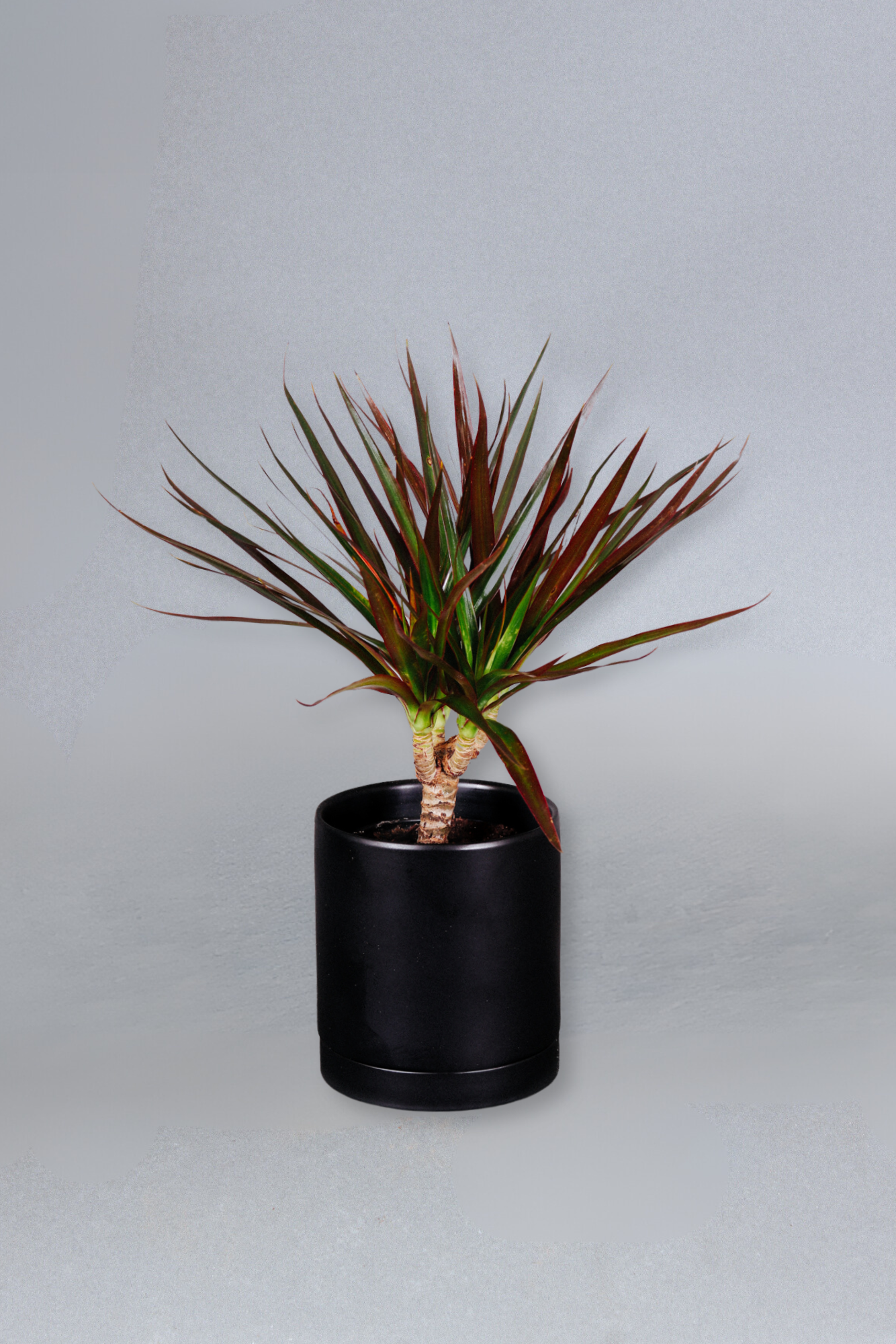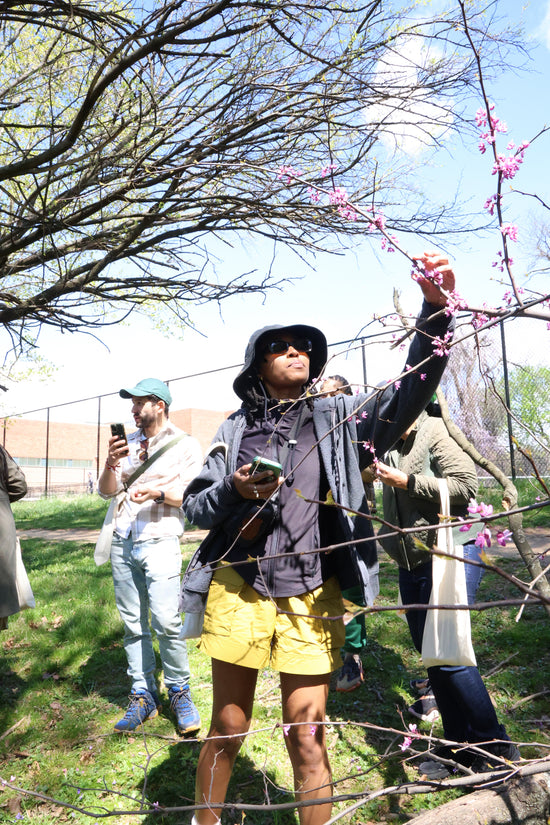For plants, spring is the start of the Growing Season. During this “season” (the months of spring and summer), plants are most active, with plenty of energy to grow larger, fuller, taller, and healthier. However, this doesn’t just happen on their own accord. As they come out of their long winter rest and prepare to push out fresh new leaves, there are a few things you can do to prepare them for the changes to come.
PREPARING YOUR PLANT COLLECTION FOR SPRING
As the days get warmer and longer, we recommend three simple tasks to help set your collection up for success. When plants start growing, they will use significant energy to produce the food and nutrients needed to meet the upcoming demands. Give them a hand with five easy tasks:
- Remove the dust from their leaves - this helps them photosynthesize.
- Invest in fresh soil to replace lost nutrients and support healthy roots.
- Prune old leaves and stems to encourage new growth.
- Keep a closer eye on how fast the soil dries as spring returns.
- If you have plants you want to grow bigger, buy a new pot up to 2” larger.
That’s it! Now you and your collection are well prepared for the abundance to come. Keep reading to learn how to actively support your plants during this time.
WHAT YOU CAN DO FOR YOUR PLANTS DURING THE GROWING SEASON
April through August is the best time to take advantage of plants’ vigor and energy. Not so far removed from humans, they need fuel and support during growth spurts, physical exertion, and transformation. You don’t want to miss giving your plants the same thoughtful care. Not only will it truly level up your green thumb, but your plants will also reward you with plenty of growth.
1. Fertilize Your Plants
Whether you use a commercially made fertilizer or a DIY treatment from home, regularly fertilizing your plants during the growing season produces the best results in leaf production, larger growth, and promoting healthy cells resilient to disease. If any of your plants had a tough winter, these extra nutrients are essential for its comeback.
Monthly treatments are standard, though natural DIY fertilizers tend to be more diluted and can be used about bi-weekly if desired. You always want to dilute your fertilizer according to its instructions. We recommend treating succulents and cacti just once during the growing season, if at all.
Note: Scheduling repotting and fertilizing six weeks apart to prevent stress.
2. Repot Your Plants
If you want to see bigger growth and height, a larger pot size is the way to go. Simply get the next size up (no more than 2 inches in diameter) and repot once during the growing season.
If you’re not ready to pot up just yet, your plant will still benefit greatly from a soil refresh to replace nutrients. To refresh the soil, you’ll want to remove the plant from the pot and loosen any dirt stuck to the root ball. Repot your plant using brand-new soil and witness its maturation.
Note: Scheduling repotting and fertilizing six weeks apart to prevent stress.
3. Propagate
Spring and summer are the absolute best times to propagate your plants while they have the most strength to bounce back and show minimal signs of stress. Propagations are also most likely to grow roots during this time for the same reason. Once the roots are well developed, you should plant them right away so they can take advantage of this energy boost.
Read our propagation blog to learn more about successful propagating.
4. Move Them Outdoors
If you have an outdoor space suitable for your plants, they’ll enjoy the fresh air while it’s warm. Except for some succulents and cacti, the majority of them will require at least partial shade to prevent leaf burn.
They must be gradually allowed to adjust to the outdoor climate to avoid shock to their system. Move them outside for just a few hours for the first 7-10 days. Once the weather cools and you’re ready to bring them back inside, check for any bugs and gradually transition them back indoors.
Tip: Soil dries faster when plants are outside. Be mindful to water them more often!
-------
Need any support this growing season? Book a free Office Hours call with our Plant Specialist to walk through repotting, fertilizing, or any other care questions you may have.








